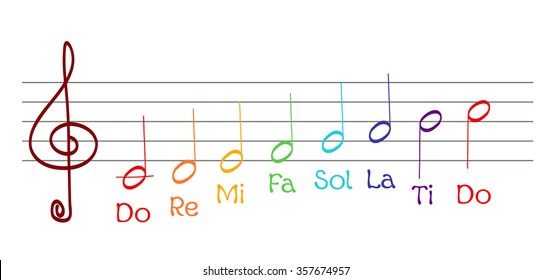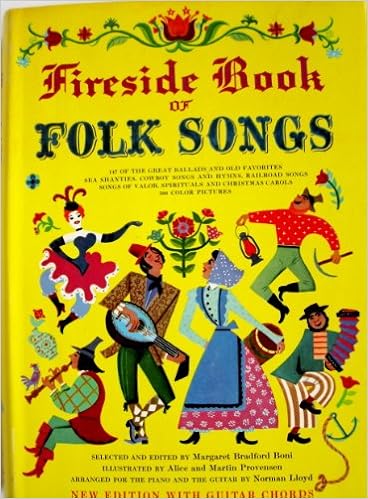Day 13
When this image is written on your history class’s whiteboard, that’s when you know that something weird just happened.
I know I’ve said that this class seemed similar to a music class, but when he was going over how beats in music were similar to one another, using this as a reference, I realized it truly was a music class. He then played a video in class of a band demonstrating this through a “four chord song”. Using only four chords (Journey’s Don’t Stop Believing melody), and replacing the lyrics with other popular songs, it’s possible to sing nearly all pop songs in existence because of their similarities. This transitioned into our reading of the book Segregating Sound, and how music was similar though separated by the racial border.
This book also went in to describe how many “black songs” were folkloric: they were all folk songs. In class, using the old definition of folk songs as according to the way they were defined in this era, these types of songs were created through isolation from the outside world and had no similarities to popular songs of the time: considered unheard treasures at the time, and many folklorists travelled the states to find and document these fading folk songs.  Yet according to present day folklorists (people who study folklore), a folk song is any song played in a folk setting; this is a fancy way of saying any song played in a repeated gathering of people is considered a folk song. So why aren’t these songs considered folk? Technically they are. Yet these songs were not the only one’s played at these gatherings. Popular songs that talented musicians heard through the radio were also played in these gatherings, yet were not classified as folkloric because they were considered popular modern songs.
Yet according to present day folklorists (people who study folklore), a folk song is any song played in a folk setting; this is a fancy way of saying any song played in a repeated gathering of people is considered a folk song. So why aren’t these songs considered folk? Technically they are. Yet these songs were not the only one’s played at these gatherings. Popular songs that talented musicians heard through the radio were also played in these gatherings, yet were not classified as folkloric because they were considered popular modern songs.
After the 1890s, folklore became extremely popular, especially in the form of songs. Still adhering to the old definition of folk song, the problem became, “Who are the Folk?”. The Who were based upon the consensual definition of folk at the time: customary, traditional, and untouched by ‘commercialization’. Considering white people to be the popular and therefore commercialized version of the world, this left all the discriminated minorities in the US: Indians, Mexicans, Chinese, and more. The main group under this scrutiny was the most marginalized minority in US history: blacks.
Here is a direct link to the youtube video he played in class, for those who are curious: Four Chord Song
Leave a Reply